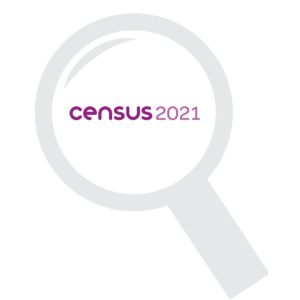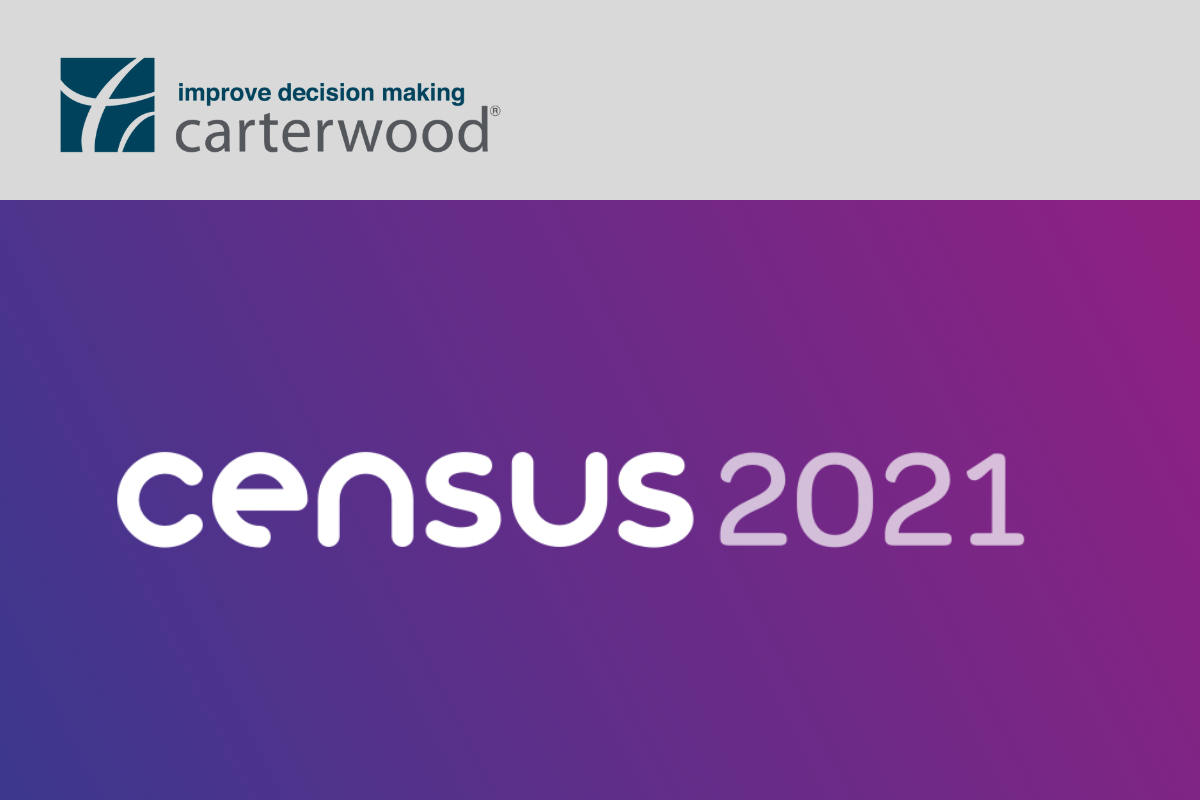Quick links:
- What data was included in the first release?
- Key points for elderly care home and retirement living sectors
- Census data release timeline
- Take a closer look at your local authority
- How do Carterwood use the data from the census?
In the UK, a census is conducted every 10 years and most recently took place in England, Wales, and Northern Ireland in March 2021, while the census in Scotland took place in March 2022, a year later than planned due to the impact of COVID-19.
Census statistics help create a picture of the nation and how we live, providing a detailed snapshot of the population and its characteristics and underpin key decisions made by public services, charities and business across the UK and worldwide, helping them plan for the future.
What data was included in the first release?

On 28 June 2022 the ONS published the first results from Census 2021 for England and Wales: Population and household estimates, England and Wales: Census 2021. The results include rounded population and household estimates for England and Wales, for local authorities, by recorded sex and 5-year age group.
These first results from this census allow us to look at which places have seen the biggest increases and decreases in population, which areas had the largest growth in different age groups, and how your chosen local authority area compares with others.
Unrounded population and household estimates are due to be published in autumn 2022, which will also include a breakdown of the population by single year of age, rather than banded age groups.
Key points for elderly care home and retirement living sectors
The elderly care home and retirement living sectors – within which we provide sector-specialist advisory and software services – meet the varying accommodation and care needs of our elderly population. With that in mind, we’ve pulled out the new stats from this release that provide a breakdown by age band, to give developers, operators, and investors across these two sectors a sense of how our elderly population is changing.
The trend of population ageing has continued, with more people than ever before in the older age groups.
- Over one-sixth (18.6%, 11.1 million) of the population in 2021 were aged 65 years and over, up from 16.4% (9.2 million) in 2011. The size of the population aged 90 years and over (527,900, 0.9% of the population) has increased since 2011, when 429,017 (0.8%) were aged 90 years and over.
Source: ONS
Age structure of the population across local authorities
Source: ONS
- The percentage of the population aged 65 years and over was higher in Wales (21.3%) than in England (18.4%) in 2021. The only English region with a larger percentage of the population aged 65 years and over than Wales was the South West (22.3%). This contrasts with London (11.9%), which was the region with the lowest percentage of the population in this age group.
- Across England and Wales, the local authorities with the highest percentages of the population aged 65 years and over were North Norfolk (33.4%) and Rother (32.4%). East Devon had the highest percentage of the population aged 90 years and over (1.9%), followed by Rother (1.8%).
What’s coming next?
Phase 1 of the data release will be completed between October and December 2022, by publishing a series of data and supporting commentary groups by a similar theme, known as topic summaries. Proposed topic summaries in publication order are:
- demography and migration
- ethnic group, national identity, language and religion
- UK armed forces veterans
- housing
- labour market and travel to work
- sexual orientation and gender identity
- education
- health, disability, and unpaid care
Phase 2 will begin between winter 2022 to early 2023 and will include:
- the start of a detailed 3-year Census 2021 analysis programme
- multivariate data for the usual resident population base
- short-term resident population data
Phase 3 will start from spring 2023 and will include:
- alternative and small population bases
- detailed migration data
- origin-destination data or ‘flow’ data
- microdata samples
From the summer of 2023, the ONS will work with UK-wide census offices to publish comparable data from across the UK, allowing time for census data in England and Wales, and Northern Ireland (March 2021) to aggregate with the census data from Scotland (March 2022).
Read about other data and analysis that will be available from Census 2021 in the ONS’s release plans.
Want to take a closer look at your local authority?
To see how the population has changed in your local authority, and to compare this with other local authorities, please click here.
How do Carterwood use the data from the census?

Here at Carterwood, the census data is primarily used to inform our population data, which is then projected using ONS bi-annual population projections. The data is also used for calculating demand, with the application of LaingBuisson’s age standardised demand (ASD) rates to these figures. We utilise the figures from the census in several other datasets, including the household reference person (HRP) data, which we largely use for our older people’s housing analysis, care assistant market size, approximated social grade, and a number of personalised datasets that we regularly use for bespoke work.
The data sourced from the ONS drives much of the data we use throughout our advisory services and Carterwood Analytics platforms Carterwood Analytics | Elderly Care Homes and Carterwood Analytics | Retirement Living. It is this data that allows us to analyse markets at a granular level, assessing the viability of our clients’ plans and provide the market-leading detailed assessments we are renowned for.
To find out more about how we use data from the census, click here.
Let’s talk
Quality data is what drives our market-leading advisory and analytics services. If you are interested in working with an award-winning team to help improve your strategic decision-making, we would be delighted to hear from you.
Our team of sector specialists are here to support your growth plans, providing expert market intelligence, advice and guidance at every step of your journey.
Discover how our Carterwood Analytics online platforms for care home and retirement living market analysis can help you:
Alternatively, why not get in touch and arrange a call-back from a member of our friendly team.







